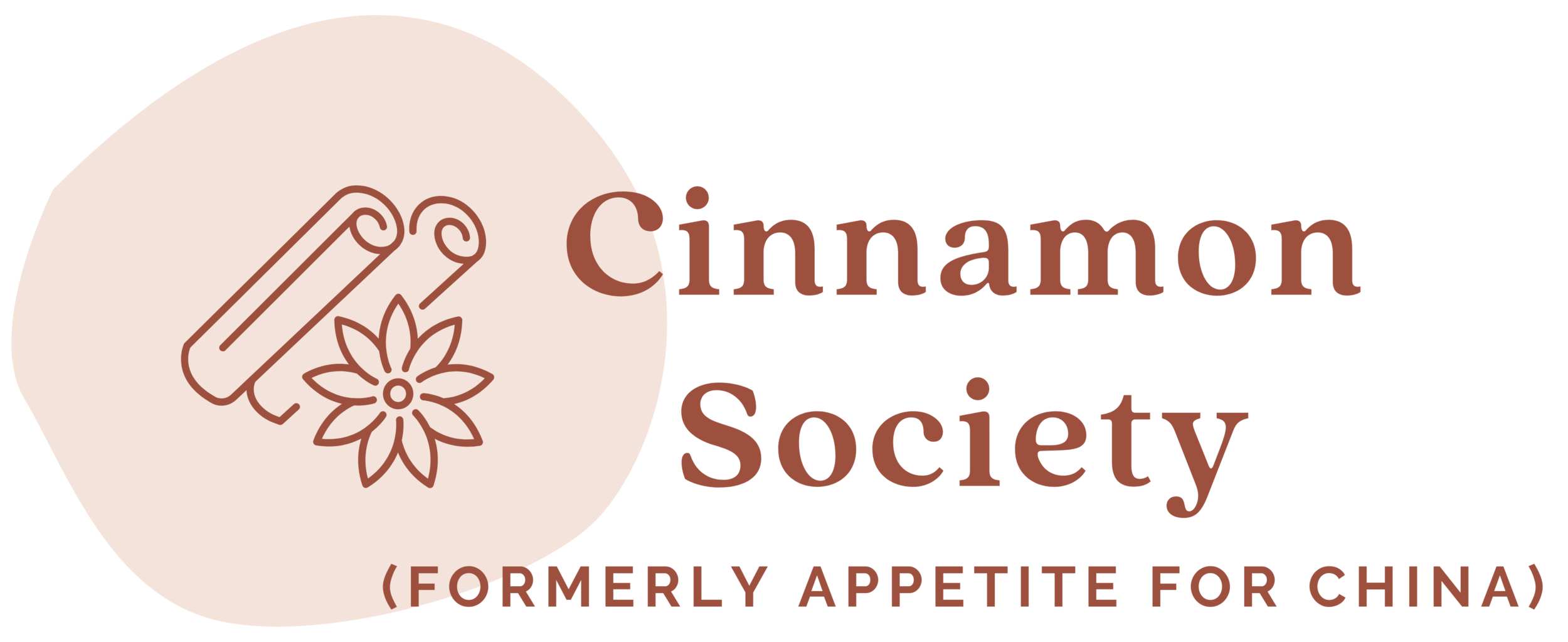Eating Chinese Food in Korea
 "This is the first time I have traveled to another country and communicated with something other than the local language or English," mused Jacob. Finally we could order food in Korea, without pointing to a picture or fumbling through our phrasebook. Knowing Mandarin sure does help if you're overseas, even if it's just at the local Chinese restaurant.
"This is the first time I have traveled to another country and communicated with something other than the local language or English," mused Jacob. Finally we could order food in Korea, without pointing to a picture or fumbling through our phrasebook. Knowing Mandarin sure does help if you're overseas, even if it's just at the local Chinese restaurant.
The instance reminded me of visiting Montreal's Chinatown in college, and ordering dinner for a large group in Cantonese because the waitor didn't know much English or French. Or when my family lived in Puerto Rico and frequented the dim sum restaurants of San Juan; once inside, you would never have guessed that we were in a Spanish-speaking territory of an English-speaking country.

The owner of this tiny restaurant near the Korean War memorial was a very jolly third-generation Korean-Chinese whose family was originally from Shandong province. She spoke Mandarin in sing-songy Korean accent, which contributed to her jovial demeanor. She blushed when we asked to take a photo.

"You don't need a menu. I'll just tell you what we have. There's only five things," she said brightly. Which was a relief, and odd, since most Chinese restaurants have edited menus of no fewer than 100 items.
Everything here was about $4.50 US, except an enormous $15 platter of tangsuyuk (the Korean version of sweet and sour pork) that could have fed eight. Since we were only two people, we ordered fried dumplings, xiaolongbao, and jajangmyeon.

What Koreans call jajangmyeon is what the Chinese call zhajiangmian (spelled differently only because of Korean vs. Mandarin Romanization.) Everyone I had met in Korea goes crazy for it, which is unsettling because every bowl I ate there was pretty bad. I'm sure there is good jajiangmyeon to be found, but the Chinese restaurants in Korea I visited cooked the black bean sauce to a bland gelatinous mass, then pour it on top of wheat noodles. The noodles lacks the texture and flavor variety of the Chinese version, but for some reason it's the most ubiquitous Chinese dish in Korea.
I also wouldn't give any props to the xiaolongbao, which did not have a soupy filling as the name would imply. The thick skin and pork filling reminded me of a small steamed baozi (bun). What I found most interesting were the very large jianjiao, which were not at all like the Chinese fried dumplings I'm used to eating. The skin was thick and, like many many Korean snacks, deep-fried. Throughout our meal I watched the kitchen fried up enormous batch after enormous batch of sweet and sour pork. It seems that Americans and Koreans share the same taste in Chinese food.
At least the pickled radish appetizer was strictly Korean.

